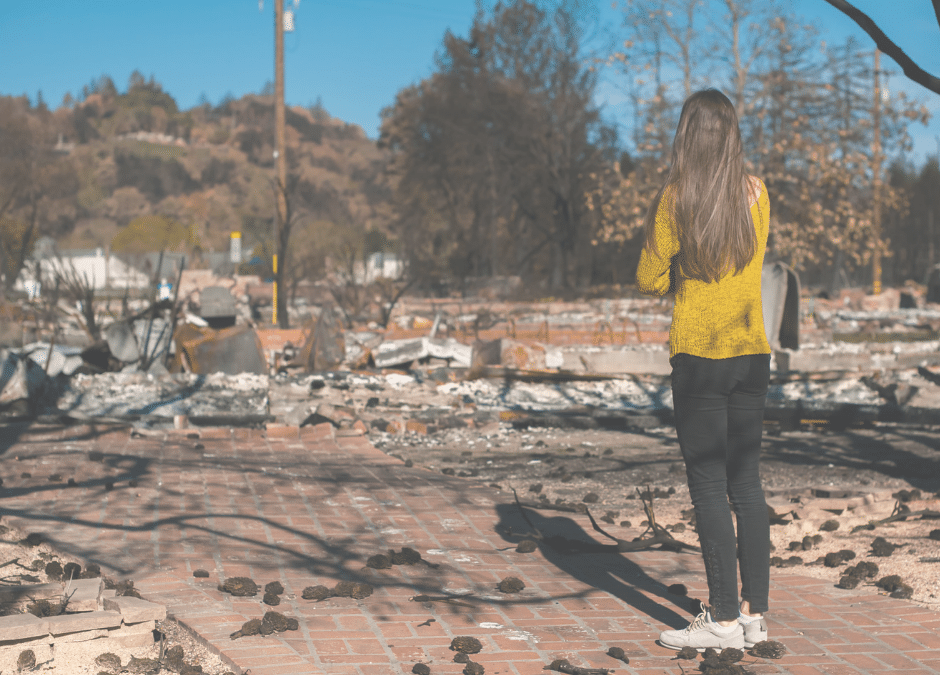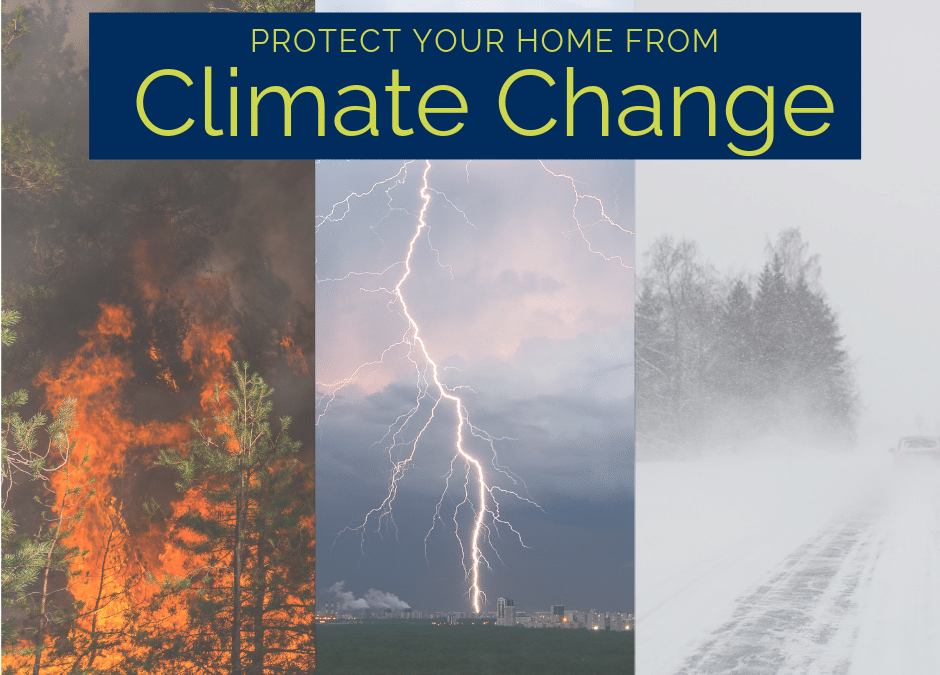
by California Casualty | Homeowners Insurance Info |
February is the month of love. If you choose to show your love with an expensive piece of jewelry, you’ll want to protect that enduring representation of your love.
One of the best ways is to purchase scheduled personal property (SPP) insurance, sometimes called a floater.
Here’s why: While your renters or homeowners’ insurance policy covers jewelry for theft or being destroyed in a fire, that coverage is limited. The average Valentine’s Day ring or necklace purchase is about $1,500, the average spend for an engagement ring is $6,000.
Scheduled personal property insurance provides higher coverage for your precious items, like high priced jewelry with coverage above and beyond what home insurance provides.
And, here’s the best part, SPP pays even if that prized piece was accidentally lost or damaged – such as losing a diamond down the sink or toilet. There is no deductible and SPP provides a replacement at the full insured amount. SPP usually costs about one to two percent of the item’s value.
Scheduled personal property isn’t just for jewelry; you might need the endorsement if you have:
- Fine art
- Furs
- Rare coins or money collections
- Expensive cameras
- Firearms
- Fine silverware
- Stamp collections
And even if you already have gold and jewelry or a rare watch covered with scheduled personal property coverage, you may need a review. Gold and diamond prices have climbed the past few years, and you may not have enough protection for their new value.
Don’t wait until your precious items are lost, stolen or damaged to find out if you have enough coverage to replace them; contact a representative today.
This article is furnished by California Casualty, providing auto and home insurance to educators, law enforcement officers, firefighters and nurses. Get a quote at 1.866.704.8614 or www.calcas.com.

by California Casualty | Homeowners Insurance Info |
You may believe that everything in or around your home is covered by your homeowner’s policy, but that may not be the case. Sure home insurance will help you rebuild if there’s a fire, tornado. or a tree falls onto your home, but are you aware of what your...

by California Casualty | Auto Insurance Info, Homeowners Insurance Info |
June through September is the peak of wedding season in the United States. Every year 2.1 million couples tie the knot. That breaks down to nearly 6,000 weddings a day!
If you have a special day coming up in the near future, be sure you make all of the appropriate changes to your personal documents, property, and information, so your new bride or groom is represented. These changes also include your insurance.
So, to make it quick and easy here are some insurance tips for newlyweds. Some could even end up saving you some money.
- Combine Your Insurance
If you have separate cars with different insurance companies, you’re eligible for discounts by putting both vehicles on the same policy. It also ensures that both drivers are covered no matter which car they use.
PRO TIP: You can save even more by bundling your autos with your home or renters insurance.
- Check for a Marriage Discount
Inform your insurance company of your marriage – most auto and home insurance companies offer important discounts for newlyweds. Men under the age of 25 are usually considered high risk drivers. However, once they marry, they often see a big drop in insurance premiums. Lower rates can also apply to those in domestic partnerships.
- Increase Homeowner or Renters Coverage
Wedding presents are wonderful! You now have a new set of dishes, expensive new appliances, and other valuable items for your home. Don’t forget, these assets need to be covered. Talk to an insurance advisor to make sure you have enough coverage to protect all the things you own and to increase your liability protection. It’s also a great time to create an inventory of all the things you own to help you purchase the right insurance protection and make filing a claim much easier.
- Get Extra Protection for High-Value Items
That beautiful new wedding ring and special gifts like fine art or silverware may need scheduled personal property protection, often called a “floater,” to make sure they are covered for their full value. Most homeowners and renters policies will provide limited coverage for those items. Scheduled personal property coverage will also pay to replace a ring, without a deductible, even if it was misplaced or damaged in the disposal.
Just like marriage, California Casualty is a committed partner in helping with your auto and home insurance needs. One of our advisors can walk you through everything from combining your vehicles to completing a name change.
This article is furnished by California Casualty, providing auto and home insurance to educators, law enforcement officers, firefighters, and nurses. Get a quote at 1.866.704.8614 or www.calcas.com.

by California Casualty | Homeowners Insurance Info, Safety |
Disaster can strike at ANY time during ANY season. So, each year we are here to remind you to prepare for disaster situations in your home and communities.
BE PREPARED: Before an emergency or natural disaster strikes, here are 10 things you can do:
- Plan and save for the unexpected financially.
- Sign up for emergency alerts in your area.
- Map out and practice using several different evacuation routes.
- Have a safe location planned for shelter if your town is evacuated.
- Plan for your pets and know where they will stay if you are evacuated. Here are some pet-friendly hotels.
- Have a plan where you and family members will meet and how you will communicate if you become separated.
- Create an emergency kit, that meets your family’s particular needs.
- Complete a home inventory and document all of your belongings (clothing, mattresses, bedding, kitchen appliances, furniture, electronics, etc.).
- Back up important phone contacts and photos physically or on The Cloud.
- Check your insurance coverage with an advisor, to make sure you’re adequately covered or add protection (ex. Home, Renters, Auto, Flood, Earthquake, Floater, and Umbrella).
BE READY: If you need to evacuate:
- To find local shelters download the FEMA app, text SHELTER and your ZIP code to 43362 (ex. SHELTER 12345), or visit the American Red Cross’ website.
- Contact California Casualty as soon as possible and save all receipts for living expenses, such as hotels, meals and other essentials.
- Monitor local media about conditions, further evacuations, or when it might be safe to return home.
BE SAFE: When you return home, there are many potential dangers, such as:
- Dangerous toxins, and debris
- Mold
- Gas leaks
- Electrical shock
- Poisonous snakes or other animals
- Structural instability and collapse
- Sewage and chemical tainted water
GET HELP: If you need recovery help afterward:
Though it is National Preparedness Month, it is important to remain prepared every month of the year. An emergency or natural disaster can strike at any time or place; and if it does, please remember, you are not alone. California Casualty is there when you need us most, to help make sure you and your family are covered.
This article is furnished by California Casualty, providing auto and home insurance to educators, law enforcement officers, firefighters and nurses. Get a quote at 1.866.704.8614 or www.calcas.com.

by California Casualty | Auto Insurance Info, Homeowners Insurance Info |
While there may be some debate about the cause, more and more people are accepting the fact that a changing climate is leading to extremely erratic weather with more intense storms, prolonged drought, and rising temperatures.
This has led to some of the most dramatic disasters in the U.S. Throughout these impressive weather swings, roofs have been damaged, homes flooded, trees toppled and vast acreage blackened. Many property owners are wondering what’s next and what they can do to safeguard their property?
Here are some important steps that you can take to help protect your property and your family from the major effects of climate change.
Storms
Snow and ice storms, hurricanes and spring/summer thunderstorms have become more intense. From record hail, tornado outbreaks, and torrential downpours; our homes and property are taking a beating.
When these storms hit, check and repair:
- Roofs and shingles
- Gutters and downspouts
- Decks and porches for loose, cracked or exposed wood
- Exterior for chipped or peeling paint, cracks, holes or exposed wood or siding
- Attics for evidence of leaks
- Basements or crawl spaces for damp areas and cracks
- Concrete slabs for cracks or shifting soil
- Chimneys for damage or dirty flues
- Trees and bushes for broken or weak trunks and branches, and removing any branches that overhang your home
Fire
Wildfires in much of the country have burned hotter and consumed more structures and acreage in recent years. Climate change has extended the fire season by an extra two months across the U.S.! In much of the South and West it begins in early spring, ending late fall.
Fire prevention experts recommend that anyone in or near a fire-prone area, especially what is called the Wildland Urban Interface (WUI), needs to take these steps to minimize their fire risk and help responding crews:
- Create at least a 100 foot defensible space area around homes and structures (200 feet or more may be needed on hillside areas)
- Keep combustible wood piles, propane tanks and other flammable materials 30 feet from homes and structures
- Remove weeds and dry shrubs near structures
- Keep laws trimmed and mowed
- Trim tree branches 10 feet up from the ground and remove any that overhang your home or other structures, and keep trees spaced 30 feet apart
- Install a fire resistant roof and deck
- Make sure your street name and address are visibly posted for emergency vehicles
- Clear flammable vegetation 10 feet from roads and five feet from driveways, and cut back overhanging branches on roads and drive ways
Keeping your home well maintained is essential to withstand the vagaries of weather. You can find more wildfire preparation tips here.
Know Your Insurance
In the event of these extreme storms it is also critical that you understand your insurance and know:
- If your homeowners policy includes replacement cost or actual cash value,
- Whether you are covered for new additions, improvements or appliance and other upgrades,
- That a floater or scheduled personal property endorsement is needed to fully cover high value items such as fine art, furs, jewelry, silverware and musical instruments
Keep in mind: flood and earthquake insurance are not included with your home or renters policy. However when you have California Casualty, you can easily add each to your policy though our agency services program. Please contact: 1.877.652.2638 or agencyservices@calcas.com .
Another important coverage you should add to your policy is comprehensive coverage. Without it your vehicle won’t be protected if it is damaged or destroyed by a flood, fire or falling tree limb. To ask a customer service representative about adding comprehensive coverage please contact: 1.800.800.9410 or visit www.calcas.com
Lastly, make sure your belongings are also completely covered in the event of a storm or fire. If you haven’t completed a home inventory yet, now is the time to do it. Having a list and proof of the things you own will help you with reimbursement if your home or apartment is damaged by a natural disaster. For our free Home Inventory Guide click here.
This article is furnished by California Casualty, providing auto and home insurance to educators, law enforcement officers, firefighters and nurses. Get a quote at 1.866.704.8614 or www.calcas.com.





